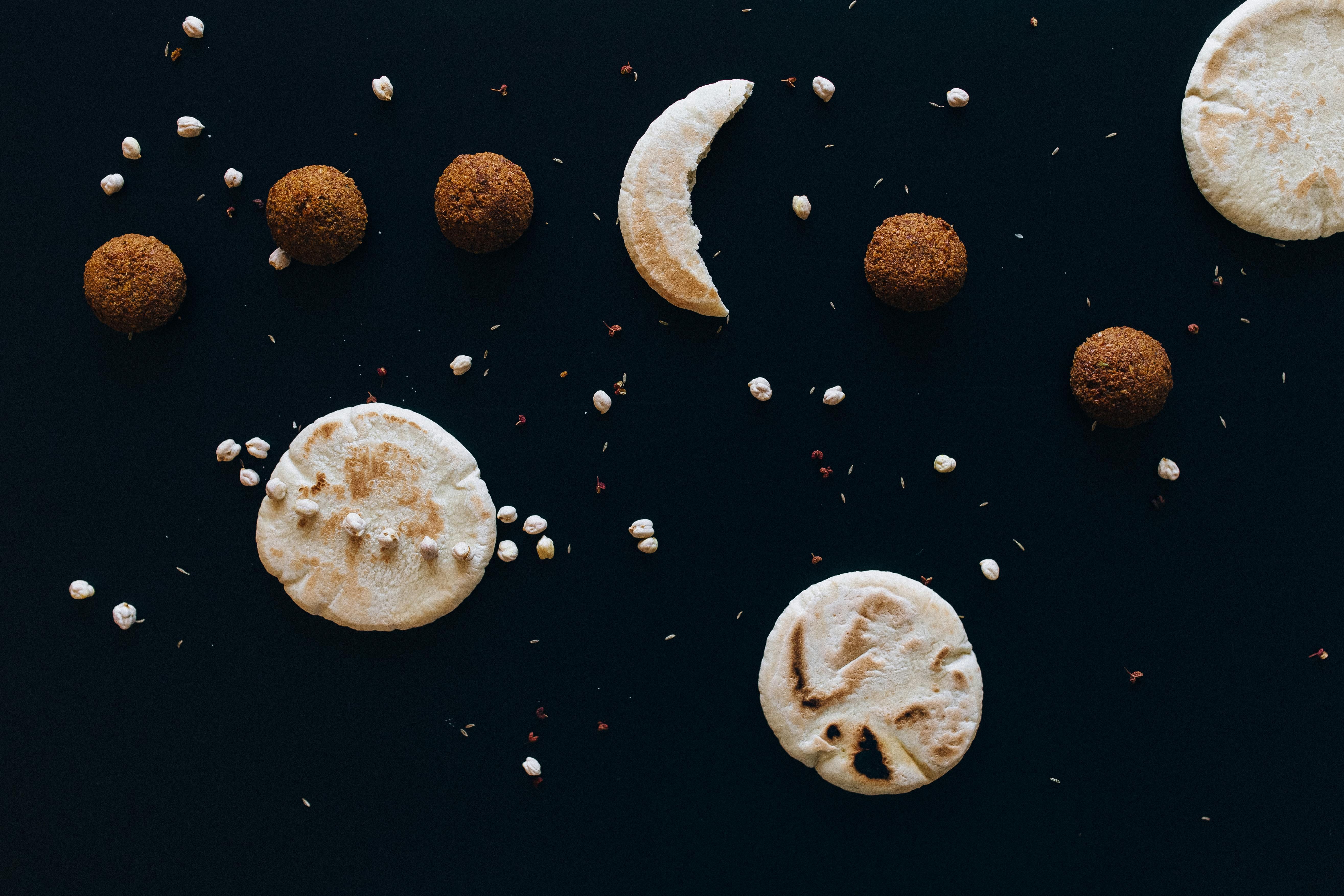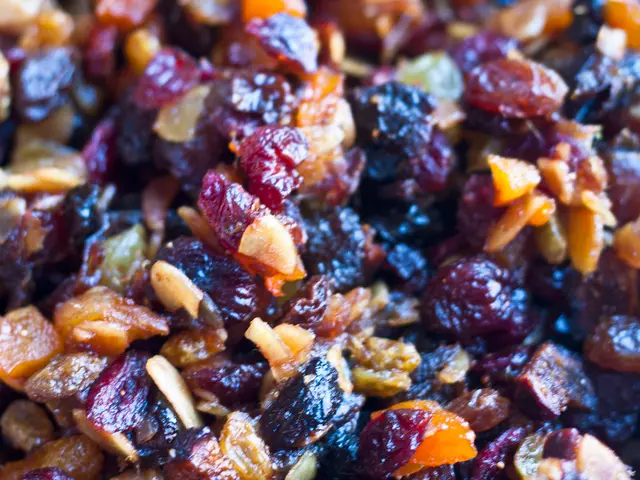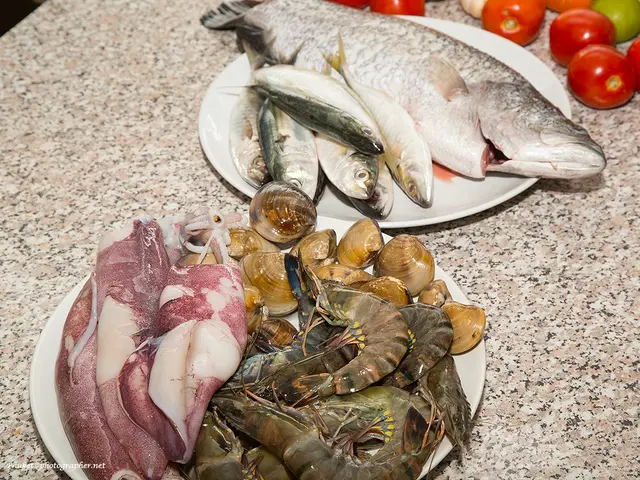Shakshuka Recipe and Variants: Explore Seven Unique Versions
Get ready to savor the mouthwatering delight that is shakshuka! A one-pan wonder, this simple yet extraordinary dish is perfect for any time of day and fits a range of dietary preferences. So what exactly is shakshuka? It's basically a warming spiced tomato stew, usually with peppers, onions, and crackling eggs right in the mix.
Haya Molcho, a restaurateur and author of the "Tel Aviv" cookbook/travelogue, mentions that the sauce is often prepared at the beginning of the week to use in various dishes such as pasta, bread spreads, or shakshuka itself.
Originating in North Africa, shakshuka may have roots in the Ottoman Empire's saksuka, but without tomatoes. Today, it's closely associated with the Middle East and Israel. The dish was introduced by Jewish immigrants from Tunisia, Morocco, Algeria, and Libya and has gained popularity worldwide thanks to its affordability, filling nature, and minimal requirements.
When Israeli chef Yotam Ottolenghi featured shakshuka in his 2011 cookbook "Plenty," it started to become ever more well-known. Nowadays, Instagram is a treasure trove of tantalizing shakshuka shots.
Is shakshuka just eggs in purgatory with a different name? Well, they share similarities but have no direct connection. Mexican huevos rancheros, Italian eggs in purgatory, and Turkish menemen (which scrambles the eggs) can all be likened to shakshuka, proving that the combo of eggs and tomatoes is universally tasty. Eggs in purgatory, or eggs cooked in marinara sauce, is the closest analogue.
Curious about the meaning behind "shakshuka"? It's an exciting onomatopoeia, signifying "shaken" or "mixed up," much like the laid-back preparation process of nudging things around in a pan. There's no need for fuss or mastering any theatrics—just moderate heat and occasional stirring will keep you clear of burning mishaps.
So, why is shakshuka good for you? It's packed with antioxidant-rich tomatoes, along with the protein-rich eggs, providing you with nourishing choline for brain function and lutein and zeaxanthin for improved eye health. You could even opt for silken tofu if you're vegan or gluten-free individuals can breathe easy—shakshuka is almost always gluten-free.
Want to elevate your shakshuka game? Consider adding extras like chopped eggplant, peppers, potatoes, artichoke hearts, kale, spinach, chard, beans, or lentils, or swapping out traditional ingredients for a vegan or meat-lovers' spin. Don't forget to season it with your favorite spices like sumac, chili powder, za'atar, or smoked paprika.
Serve your shakshuka with pita, flatbread, challah, or crispy latkes, and keep in mind that pretty much any garnishes will do the trick—olives, fried shallots, preserved lemon, parsley, or cilantro are all excellent options.
Whether you choose a classic approach or invent a personalized version, don't forget that shakshuka is all about experimentation, creativity, and Flavor Utopia Awaits! So go ahead and give it a shake-up!
- Haya Molcho's recipe for shakshuka sauce can be used not only for the dish itself but also for pasta and bread spreads, making it a versatile ingredient for appealing meals.
- The occasional toss of ingredients in a pan while preparing shakshuka helps ensure an even distribution of heat and flavors, preventing inflammation caused by overcooking.
- Shakshuka's popularity expansion worldwide can be attributed to its association with various health benefits, such as improved eye health from lutein and zeaxanthin in tomatoes and nourishing choline from eggs.




